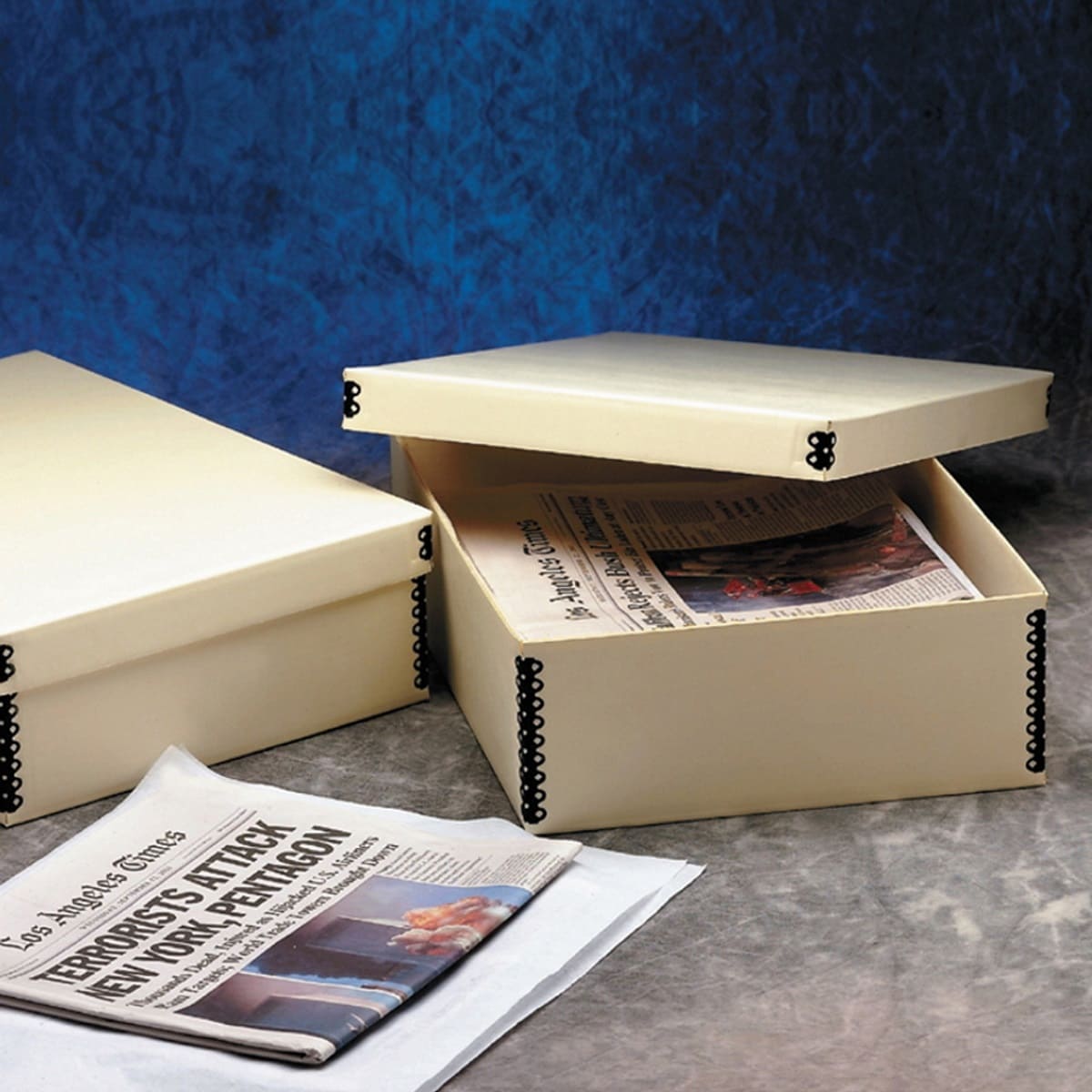

Articles
How To Store Newspaper
Modified: January 8, 2024
Learn the best techniques on how to store newspaper articles and preserve them for future generations. Discover the proper methods to ensure their longevity and protection.
(Many of the links in this article redirect to a specific reviewed product. Your purchase of these products through affiliate links helps to generate commission for Storables.com, at no extra cost. Learn more)
Introduction
Storing newspapers properly is essential for preserving their historical value and ensuring their longevity. Whether you have a valuable collection of vintage newspapers or simply want to keep important headlines for future reference, following the right storage methods is crucial. Properly storing newspapers can help prevent damage from light exposure, moisture, pests, and other factors that can deteriorate their quality over time.
In this article, we will guide you through the step-by-step process of storing newspapers to help you preserve their condition and maintain their historical significance. We will cover everything from choosing the right storage location to handling and preparing the newspapers, selecting proper storage containers, organizing and filing the newspapers, protecting them from damage, and maintaining the storage environment.
Whether you’re an avid collector, a historian, or someone who wants to preserve significant headlines, you’ll find this guide helpful in properly storing and caring for your newspaper collection.
Key Takeaways:
- Preserve the historical value of your newspaper collection by choosing the right storage location, handling with care, and using acid-free materials to protect from damage and ensure longevity.
- Maintain the condition and accessibility of your newspapers by organizing, labeling, and creating an indexing system, while also monitoring the storage environment for optimal preservation.
Read more: How To Store Newspapers
Step 1: Choosing the Right Storage Location
When it comes to storing newspapers, selecting the right storage location is paramount. Here are some factors to consider:
- Avoid direct sunlight: Sunlight can cause newspapers to fade and deteriorate quickly. Choose a storage location away from direct sunlight, such as a closet or a room with minimal windows.
- Control temperature and humidity: Fluctuations in temperature and humidity can cause damage to newspapers. Aim for a storage location with a stable temperature between 60-70°F (15-21°C) and a relative humidity of 40-50%. Avoid storing newspapers in basements or attics where humidity levels can be higher.
- Keep away from moisture: Moisture can cause papers to become brittle and moldy. Avoid storing newspapers in areas prone to leaks or high humidity, such as near a bathroom or kitchen.
- Consider ventilation: Good air circulation is important for preventing the buildup of moisture. Choose a storage location that allows for proper ventilation, ensuring fresh air can circulate around the newspapers.
- Protect from pests: Pests such as insects and rodents can damage newspapers. Store them in an area that is pest-proof or consider using pest control measures to keep unwanted intruders away.
By choosing the right storage location, you can significantly prolong the life of your newspapers and prevent damage caused by environmental factors.
Step 2: Handling and Preparing the Newspapers
Properly handling and preparing newspapers before storage is crucial to prevent damage and ensure their longevity. Follow these guidelines:
- Handle with clean hands: Before handling newspapers, make sure your hands are clean and dry. Oils, dirt, and moisture can transfer onto the papers and cause damage over time.
- Use acid-free tissue paper: For delicate or fragile newspapers, use acid-free tissue paper to provide added protection. Place a sheet of tissue paper between each newspaper to prevent them from sticking together.
- Remove any attachments: If the newspapers have any attachments such as clippings, coupons, or inserts, remove them before storage. These attachments can cause discoloration or deterioration and should be stored separately if deemed valuable.
- Mend tears and folds: If the newspapers have any tears or folds, consider mending them with archival tape or acid-free glue. This will help prevent further damage and ensure the papers remain intact during storage.
By handling and preparing the newspapers carefully, you can minimize the risk of damage and ensure their long-term preservation.
Step 3: Selecting the Right Storage Containers
Choosing the right storage containers is crucial for safeguarding your newspapers from external factors that can cause damage. Here are some tips for selecting the right storage containers:
- Use acid-free and lignin-free containers: Acid-free and lignin-free containers prevent the transfer of harmful materials and acidic compounds to the newspapers, which can lead to deterioration. Look for archival-quality containers specifically designed for preserving paper materials.
- Opt for oversized containers: Choose containers that are slightly larger than the newspapers to allow for easy removal and insertion without causing damage. This will also prevent the papers from being compressed too tightly.
- Avoid plastic containers with PVC: Plastic containers made with polyvinyl chloride (PVC) can emit harmful gases and accelerate the degradation of the newspapers. Instead, opt for acid-free, archival-quality plastic containers.
- Consider acid-free cardboard boxes: Acid-free cardboard boxes are an inexpensive alternative for storing newspapers. Make sure the boxes are sturdy and have a lid to protect the newspapers from dust and light exposure.
Remember to label the storage containers with relevant information such as the date range or specific newspapers they contain. This will make it easier to locate and retrieve specific newspapers in the future without rummaging through the entire collection.
Choosing the right storage containers will help maintain the condition of your newspapers and protect them from environmental elements.
Store newspapers in a cool, dry, and dark place to prevent yellowing and deterioration. Use acid-free paper or plastic sleeves for added protection. Avoid storing in basements or attics.
Step 4: Filing and Organizing the Newspapers
Proper filing and organization of newspapers are essential for easy access and to prevent damage during storage. Here are some tips for filing and organizing your newspaper collection:
- Sort newspapers by date: Arrange your newspapers in chronological order. This will make it easier to locate specific newspapers when needed.
- Consider using acid-free folders or sleeves: Acid-free folders or sleeves provide an additional layer of protection for individual newspapers. Place each newspaper inside a folder, ensuring they are fully enclosed to prevent dust and light exposure.
- Label the folders or sleeves: Clearly label each folder or sleeve with the date range or specific newspapers it contains. This will make it easier to browse and retrieve specific newspapers without causing unnecessary handling and potential damage.
- Avoid overstuffing folders or sleeves: Do not overcrowd folders or sleeves with too many newspapers. This can cause creases, tears, or stress on the papers. If necessary, use multiple folders or sleeves to accommodate a larger collection.
- Create an indexing system: Consider creating an indexing system or cataloging your newspaper collection. This can be a physical notebook or a digital spreadsheet where you can note the title, date, and key content of each newspaper. This will make it easier to search for specific articles or headlines.
By filing and organizing your newspapers properly, you can easily access and retrieve specific newspapers without causing damage to the entire collection. This will help prolong the life of the newspapers and preserve their historical significance.
Read more: How To Store Old Newspapers
Step 5: Protecting the Newspapers from Damage
Protecting your newspapers from potential damage is crucial for their long-term preservation. Here are some measures to help safeguard your collection:
- Use acid-free and lignin-free protective sheets: Place acid-free and lignin-free archival-quality protective sheets between newspapers to prevent them from rubbing against each other. These sheets act as a barrier, minimizing the risk of ink transfer and damage.
- Avoid adhesive materials: Do not use adhesive materials such as tape or glue to attach or repair newspapers. Adhesives can cause staining, discoloration, and irreversible damage to the papers. Instead, consider using acid-free and reversible archival mending materials when necessary.
- Store fragile newspapers flat: If you have delicate or fragile newspapers, it is best to store them flat rather than folding or rolling them. This helps prevent creases, tears, and other forms of damage.
- Handle with care: Always handle newspapers with clean hands and gentle movements. Rough handling can cause tears or other damage. Use cotton gloves when working with particularly delicate or valuable newspapers.
- Limit exposure to light: Exposure to light, especially ultraviolet (UV) light, can cause newspapers to fade and deteriorate. Store your newspapers in a dark or low-light environment, and avoid displaying them in direct sunlight.
By implementing these protective measures, you can greatly reduce the risk of damage and ensure the longevity of your newspaper collection.
Step 6: Maintaining the Storage Environment
Maintaining the proper storage environment is crucial for preserving the condition of your newspaper collection. Here are some steps to maintain an optimal storage environment:
- Monitor temperature and humidity: Regularly monitor and maintain a stable temperature between 60-70°F (15-21°C) and a relative humidity of 40-50%. Fluctuations in temperature and humidity can accelerate deterioration, so consider using a dehumidifier or humidifier to regulate the storage environment if necessary.
- Control pests: Implement pest control measures to prevent insects and rodents from damaging your newspaper collection. Use traps, repellents, or consult with professionals if needed.
- Regularly inspect and clean the storage area: Periodically inspect the storage area for signs of pests, leaks, or any other potential hazards. Clean the area regularly to prevent dust and debris from accumulating on the newspapers.
- Avoid stacking heavy objects on top of newspapers: Do not stack heavy items on top of your newspaper collection, as this can cause damage and deformation to the papers. Keep the storage area organized and ensure that newspapers are not subjected to unnecessary pressure or weight.
- Consider digitizing your collection: To further safeguard your newspapers and enhance accessibility, consider digitizing your collection. This will allow you to have digital copies that can be easily accessed, while reducing the handling of the physical newspapers.
By maintaining an optimal storage environment, you can protect your newspapers from environmental factors that may cause damage and ensure their long-term preservation.
Conclusion
Properly storing newspapers is vital for preserving their historical value and ensuring their longevity. By following the step-by-step process outlined in this article, you can protect your newspaper collection from damage caused by light exposure, moisture, pests, and other environmental factors.
Choosing the right storage location, handling and preparing the newspapers with care, selecting appropriate storage containers, and organizing the collection are essential steps for maintaining the condition and accessibility of your newspapers. Additionally, protecting the newspapers from damage through the use of acid-free materials and careful handling, and maintaining the storage environment with the right temperature, humidity, and pest control measures are necessary for their long-term preservation.
In conclusion, with the proper storage techniques and a thoughtful approach, you can protect and preserve your newspaper collection for future generations to appreciate. Whether you have a valuable collection of vintage newspapers or want to keep important headlines for reference, following these steps will help maintain the quality and historical significance of your newspapers for years to come.
Frequently Asked Questions about How To Store Newspaper
Was this page helpful?
At Storables.com, we guarantee accurate and reliable information. Our content, validated by Expert Board Contributors, is crafted following stringent Editorial Policies. We're committed to providing you with well-researched, expert-backed insights for all your informational needs.
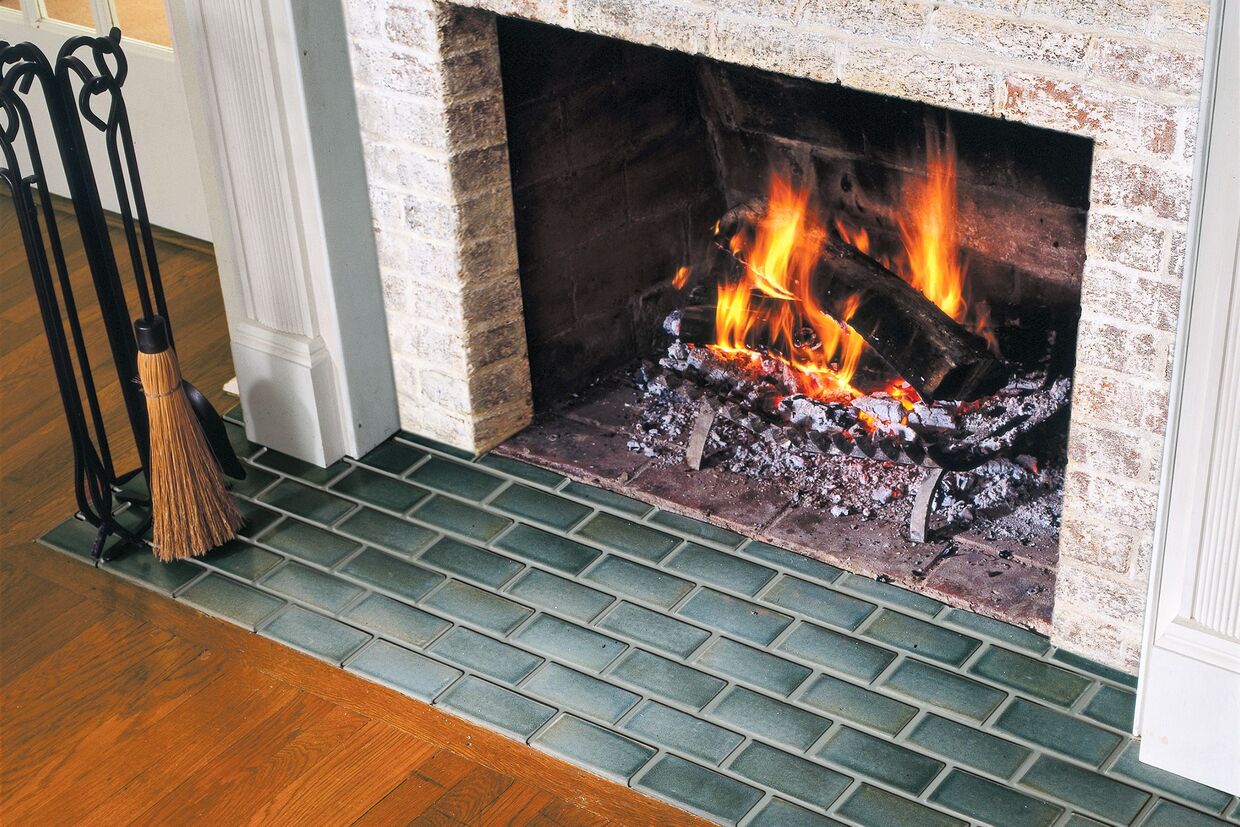




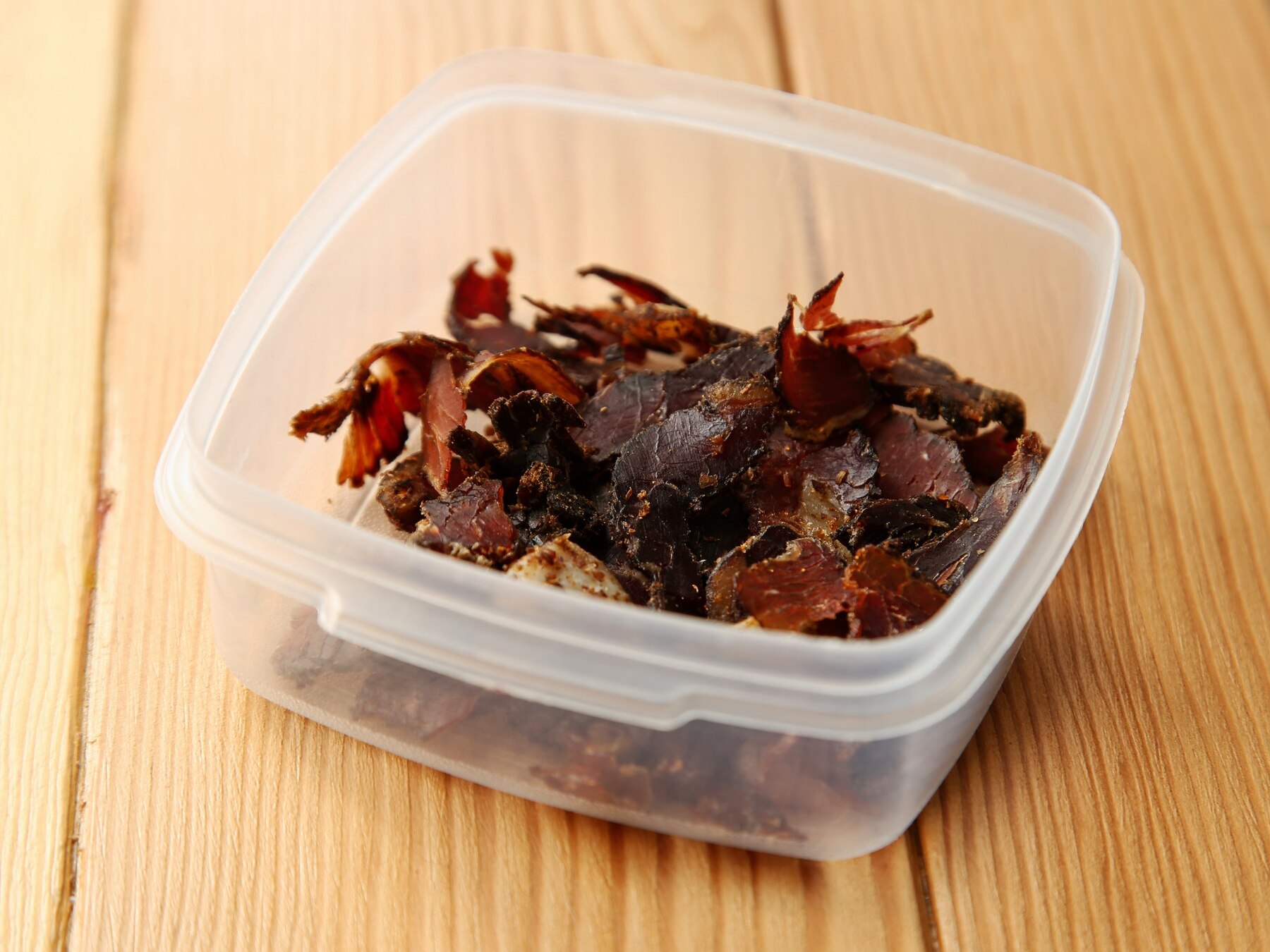
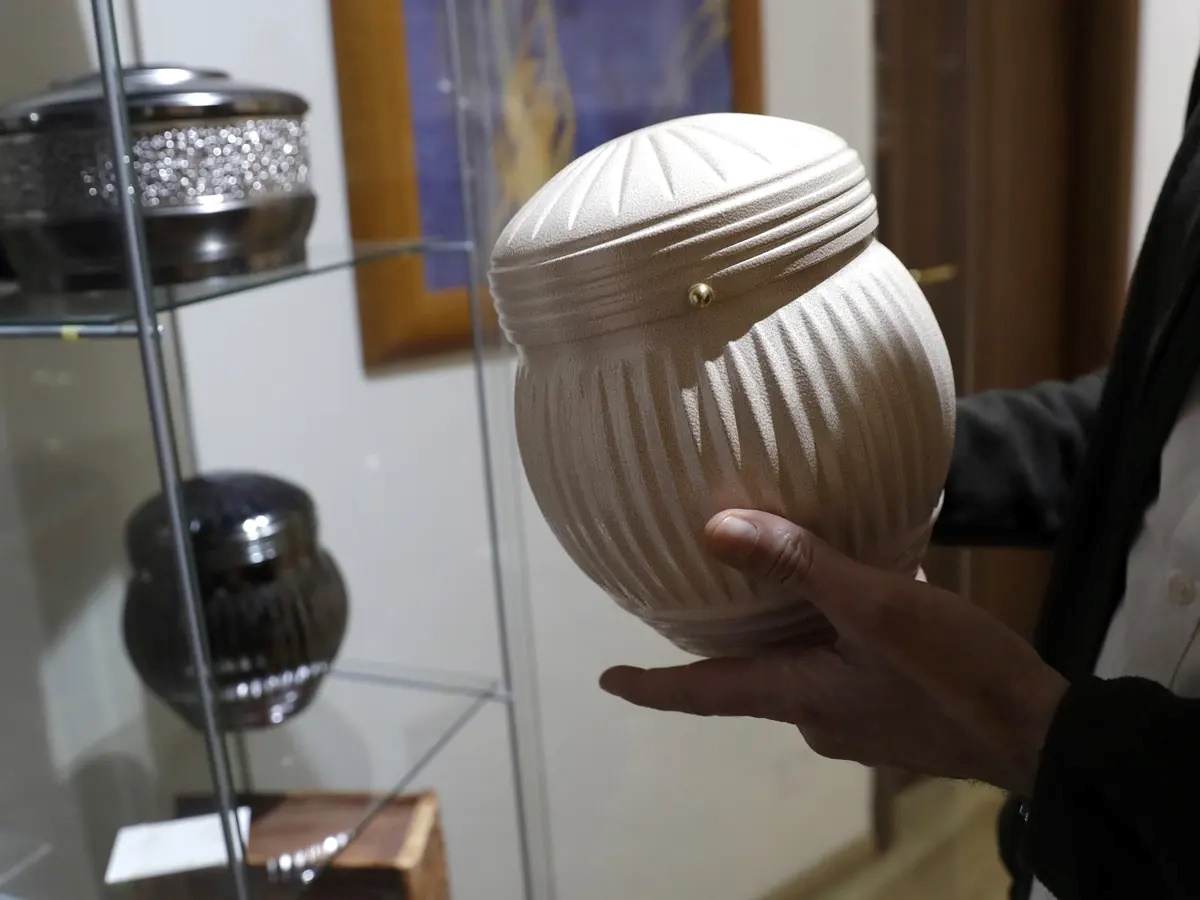
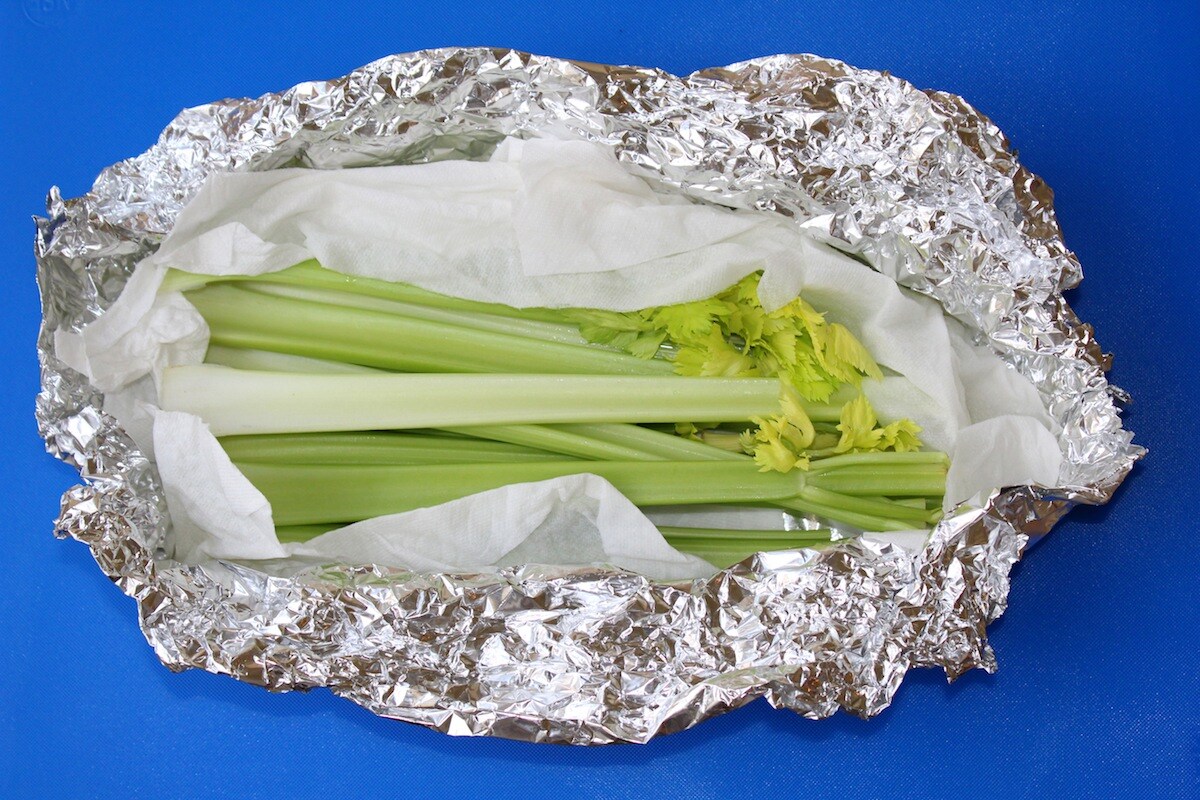
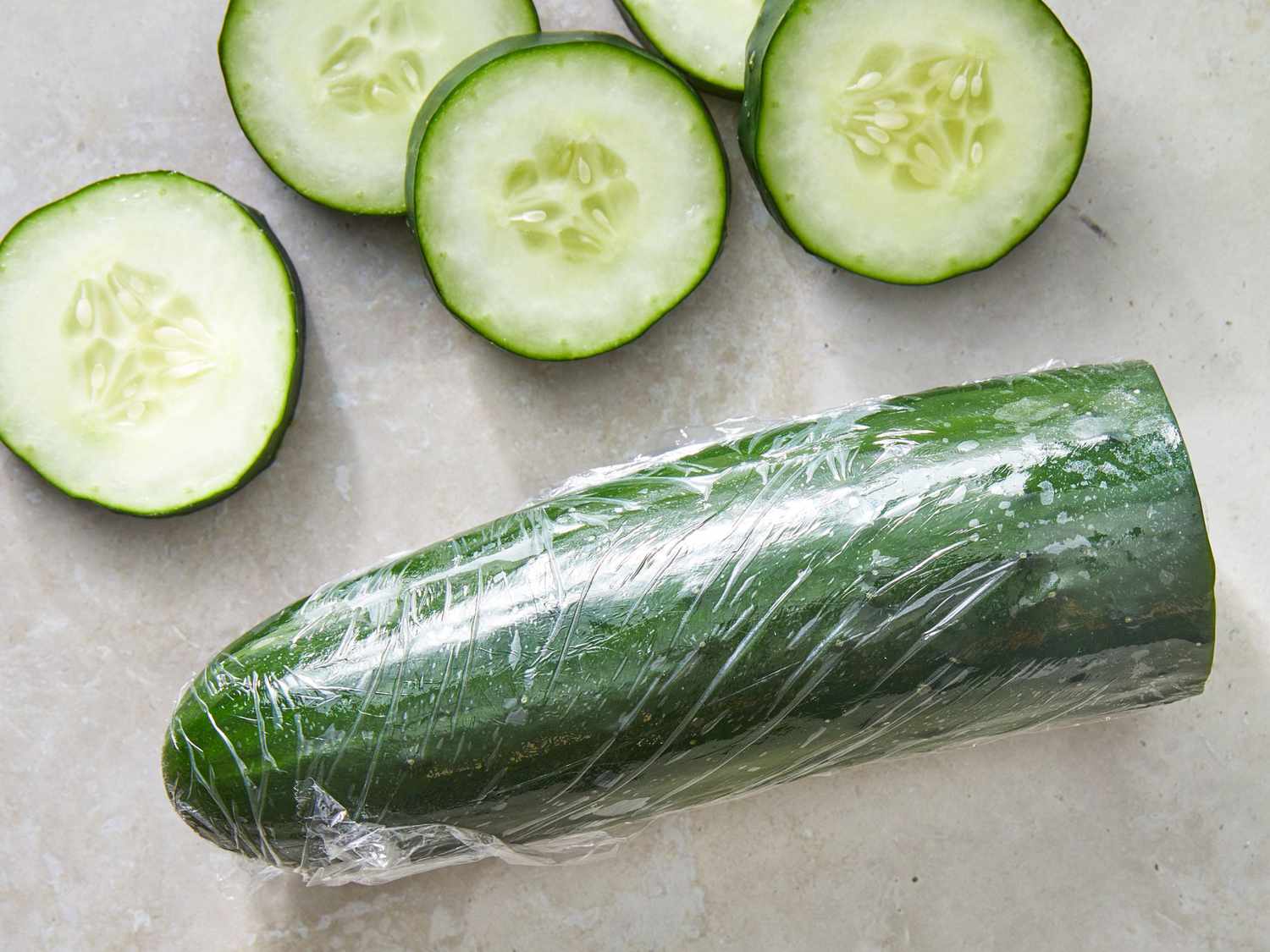
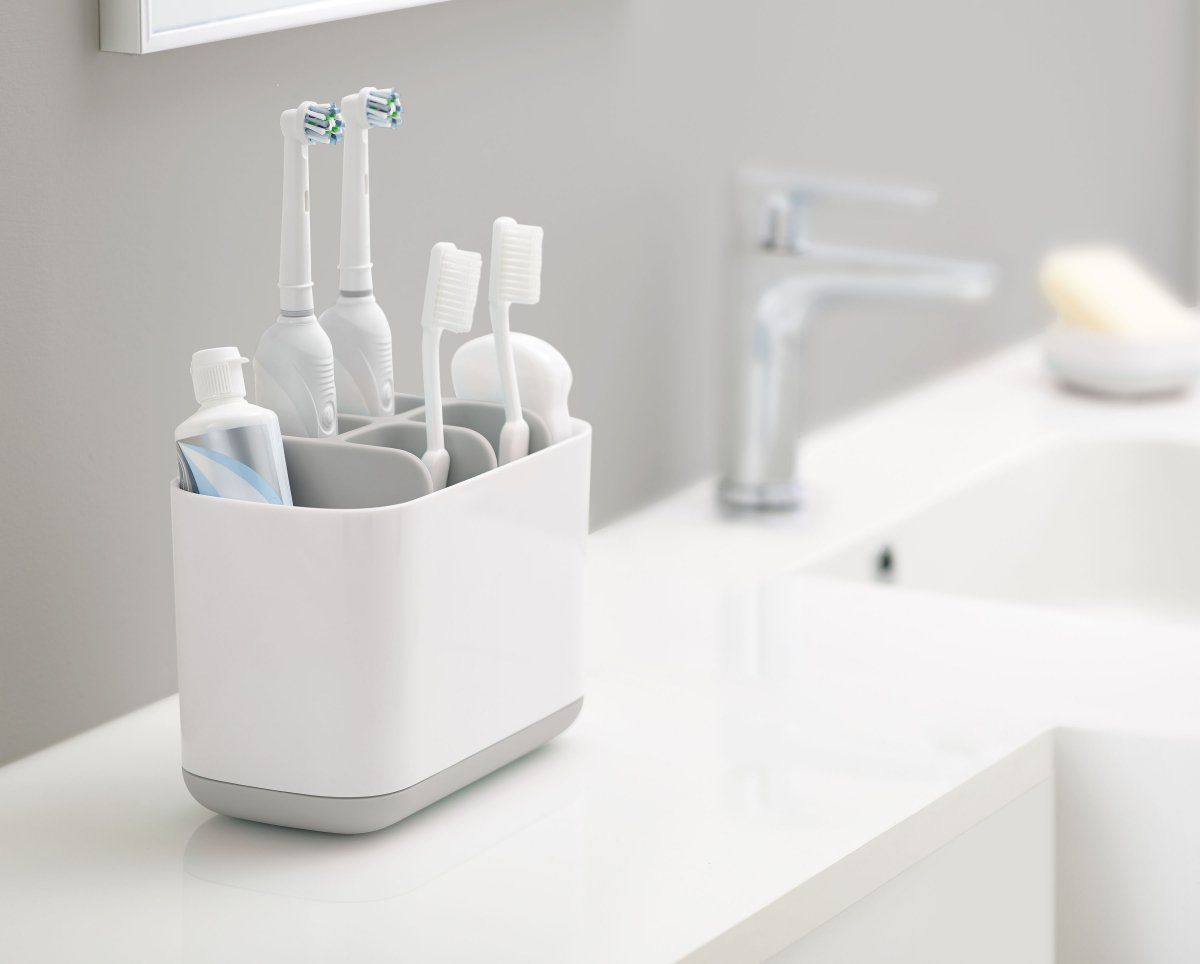





0 thoughts on “How To Store Newspaper”